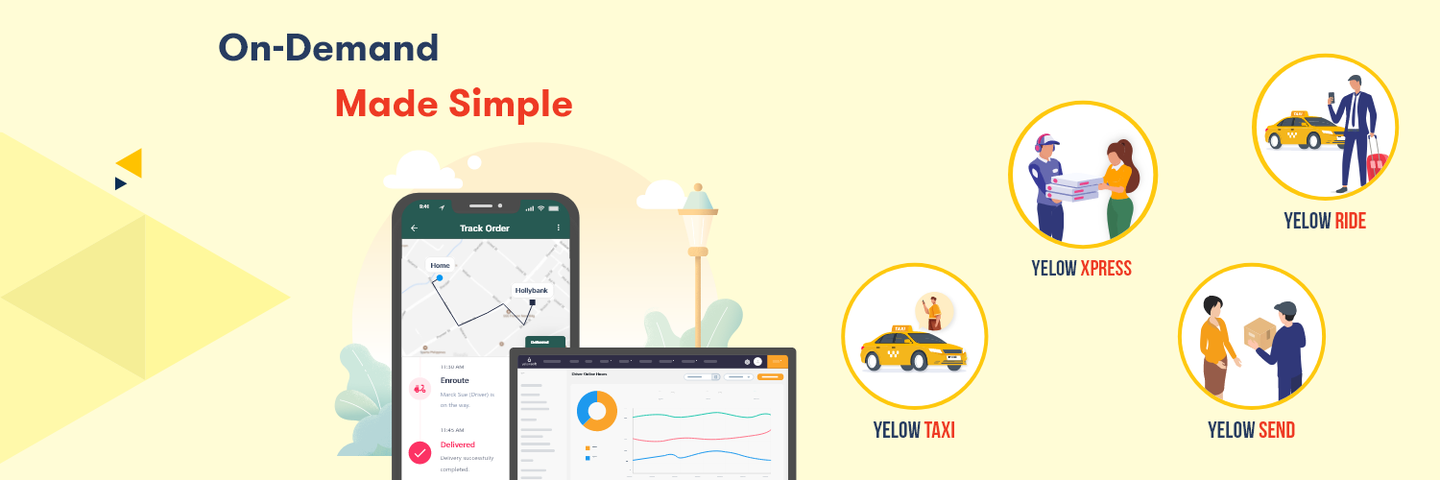The online grocery industry is experiencing tremendous growth, fueled by a rising number of shoppers embracing the convenience of e-commerce for their food and household needs. However, for many traditional grocery retailers, adapting to this digital shift can be quite challenging. Their outdated and inflexible commerce platforms are ill-equipped to meet the dynamic demands of modern consumers.
Enter the concept of “headless commerce.” This innovative approach, which is also relevant for grocery delivery app development, decouples the front-end and back-end systems, opening the door to a new era of seamless omnichannel grocery shopping experiences. With headless commerce, retailers can effortlessly adapt and scale their offerings to keep pace with evolving customer preferences.
In this blog, you will explore headless commerce. And how it is playing a vital role in scaling the online shopping experience and delivering a personalized grocery experience.
The Challenges of Traditional Grocery E-commerce
Legacy grocery e-commerce systems are monolithic, meaning the front-end user interface and back-end infrastructure are bundled together in a single commerce platform. This creates a number of pain points:
- Difficulty integrating online and in-store experiences. Customers expect a consistent experience whether they’re shopping online or in-store. However monolithic platforms make it hard to connect inventory, loyalty programs, promotions, etc. across channels.
- Limitations of closed commerce platforms. Monolithic commerce suites are opinionated – they force retailers to conform to the platform’s way of doing things. This restricts the ability to easily customize experiences.
- Struggle to offer personalized promotions. With monolithic platforms, it’s difficult to leverage shopper data to provide personalized promotions and recommendations. Grocers are limited by the built-in functionality.
How Headless Commerce Solves These Problems
Headless commerce decouples the front and back end of a commerce platform. This architecture unlocks a number of key advantages:
- Separates presentation layer from business logic. With headless, the front-end UI codebase is completely separate from the core back-end commerce logic. This makes both ends extremely flexible. For example, a grocery retailer could easily refresh their website design without having to rebuild the complex inventory management and order processing systems powering their operations.
- Freedom to choose best-of-breed e-commerce tools. Retailers aren’t limited to a single vendor – they can pick the ideal front and back-end tools and seamlessly integrate them. A grocer may choose to use Shopify for their headless front end but retain Oracle for managing supply chain logistics in the back end.
- Enables easier integration with legacy systems. Headless easily connects with existing content management systems, ERPs, inventory databases, and more. For instance, a retailer could keep their legacy inventory database but simply connect it to a new headless front-end to enhance the customer experience.
- Allows flexibility to optimize experiences across channels. No longer restrained by a single UI, headless allows grocers to craft tailored experiences for websites, apps, in-store kiosks, etc. Stores can have a sophisticated e-commerce experience online while using headless to power simple inventory lookups on no-frills in-store kiosks.
- Facilitates real-time personalization at scale. With customer data freely flowing between systems, grocers can leverage AI and machine learning to deliver personalized promotions and recommendations at the moment. As a shopper adds items to their cart, headless architecture allows real-time offers to be generated based on purchase history.
Key Benefits for Grocery Businesses
Here are some of the biggest benefits of headless in grocery industry and help grocery retailers reap these below-mentioned benefits.
- Omnichannel experiences. Headless commerce evenly spans digital and physical channels, tying together loyalty programs, shopping carts/lists, personalized deals, inventory visibility, and more. For example, a shopper could add items to their cart online and pick them up in-store without having to recreate their order.
- Contextualized promotions. Based on factors like purchase history, location, weather, daypart, and real-time inventory levels, grocers can serve up hyper-relevant offers. If a store has an excess inventory of eggs on a rainy weekday morning, the headless architecture allows pushing a real-time promotion.
- Individualized product recommendations. Powered by shopper data, grocers can mimic the tailored suggestions that a store employee might provide. The system could recommend a person’s favorite cereal brand when stocks are running low.
- Flexible fulfillment. Headless allows grocers to easily accommodate delivery, in-store pickup, curbside pickup, ship-to-home, and other omnichannel fulfillment methods. Stores can offer customers seamless fulfillment through the customer’s preferred method.
- Improved customer lifetime value. With headless, grocers can identify and reward high-value customers, boosting satisfaction and retention. Personalized loyalty programs and promotions help turn one-time shoppers into lifelong devotees.
- Seamless loyalty programs. Stores can centralize loyalty points and status across online and offline channels, eliminating friction. Customers can accrue and redeem points in a unified program whether shopping online or in-store.
Case Studies of Successful Implementations
Major grocery chains are already reaping the rewards of headless commerce:
- Grocery retailer X increased sales Y% after adopting headless – By implementing headless commerce, this national chain was able to speed the development of a unified mobile app with real-time promotions and inventory visibility across all locations.
- Company Z boosted engagement by X% with personalized apps – With headless powering their mobile apps, this grocer can tailor content and offers based on individual shopper profiles, leading to higher engagement.
- Headless helped retailer A improve order accuracy by B% – By integrating order management systems front-to-back, this store was able to consistently apply customer-specific preferences like substitutions, boosting fulfillment accuracy.
Conclusion
Today’s grocery consumers expect seamless omnichannel experiences with real-time personalization. Legacy monolithic commerce platforms make this extremely difficult, resulting in fragmented brand experiences. Headless commerce architecture is the key to overcoming these struggles.
By independently managing the front-end UI layer and back-end infrastructure, grocery retailers can bring their digital and physical commerce together into a unified whole. This unlocks the ability to provide consistent, tailored grocery journeys across touchpoints at scale. To meet rising consumer expectations, the headless model is critical for grocery businesses seeking to design scalable, next-generation shopping experiences.



